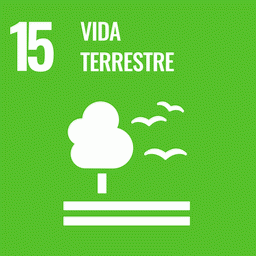The Amazon basin contains the largest continuous area of tropical rainforests in the world, and has a crucial role in regulating Earth’s climate1. Rates of tropical-rainforest deforestation and the impacts of fire and drought there are well established2,3. Less is known, however, about how these factors might interact to affect biodiversity, and about the role that forest policy and its enforcement have had over time. Writing in Nature, Feng et al.4 address these issues.
Xiao Feng, Cory Merow, Zhihua Liu, Daniel S. Park, Patrick R. Roehrdanz, Brian Maitner, Erica A. Newman, Brad L. Boyle, Aaron Lien, Joseph R. Burger, Mathias M. Pires, Paulo M. Brando, Mark B. Bush, Crystal N. H. McMichael, Danilo M. Neves, Efthymios I. Nikolopoulos, Scott R. Saleska, Lee Hannah, David D. Breshears, Tom P. Evans, José R. Soto, Kacey Ernst, Brian J. Enquis
Baixar (sujeito à disponibilidade)
Download (subject to availability)

Este projeto está alinhado aos Objetivos de Desenvolvimento Sustentável (ODS).
Saiba mais em brasil.un.org/pt-br/sdgs.
Veja também
See also
Ecology, economy and management of an agroindustrial frontier landscape in the southeast Amazon
Ecology, economy and management of an agroindustrial frontier landscape in the southeast Amazon
The papers in this special issue address a major challenge facing our society: feeding a population that is simultaneously growing and increasing its per capita food consumption, while preventing widespread ecological and social impoverishment in the tropics. By...
Perguntas e respostas sobre o aquecimento global
Perguntas e respostas sobre o aquecimento global
Publicação do IPAM traz respostas às principais questões sobre clima, efeito estufa, florestas, suas populações tradicionais e o mecanismo de REDD.